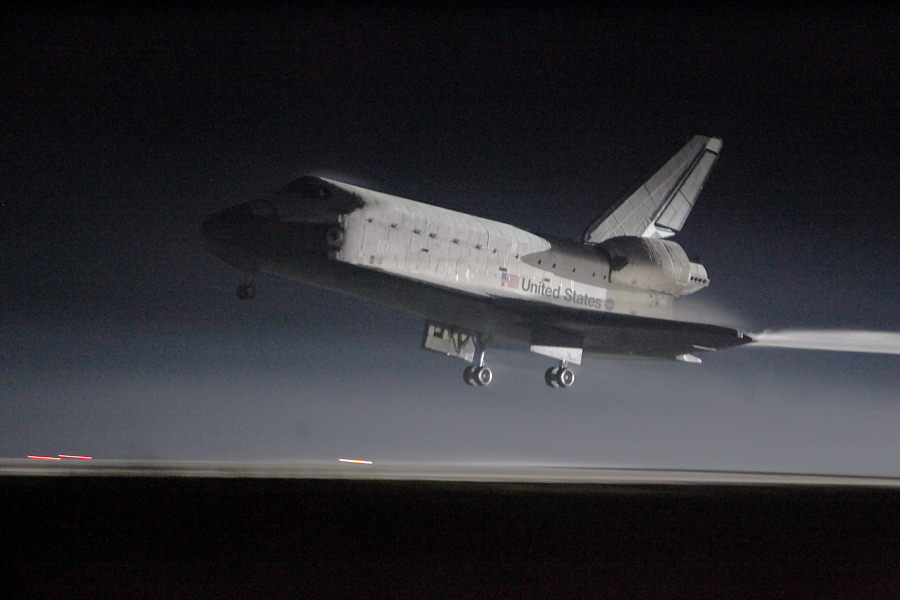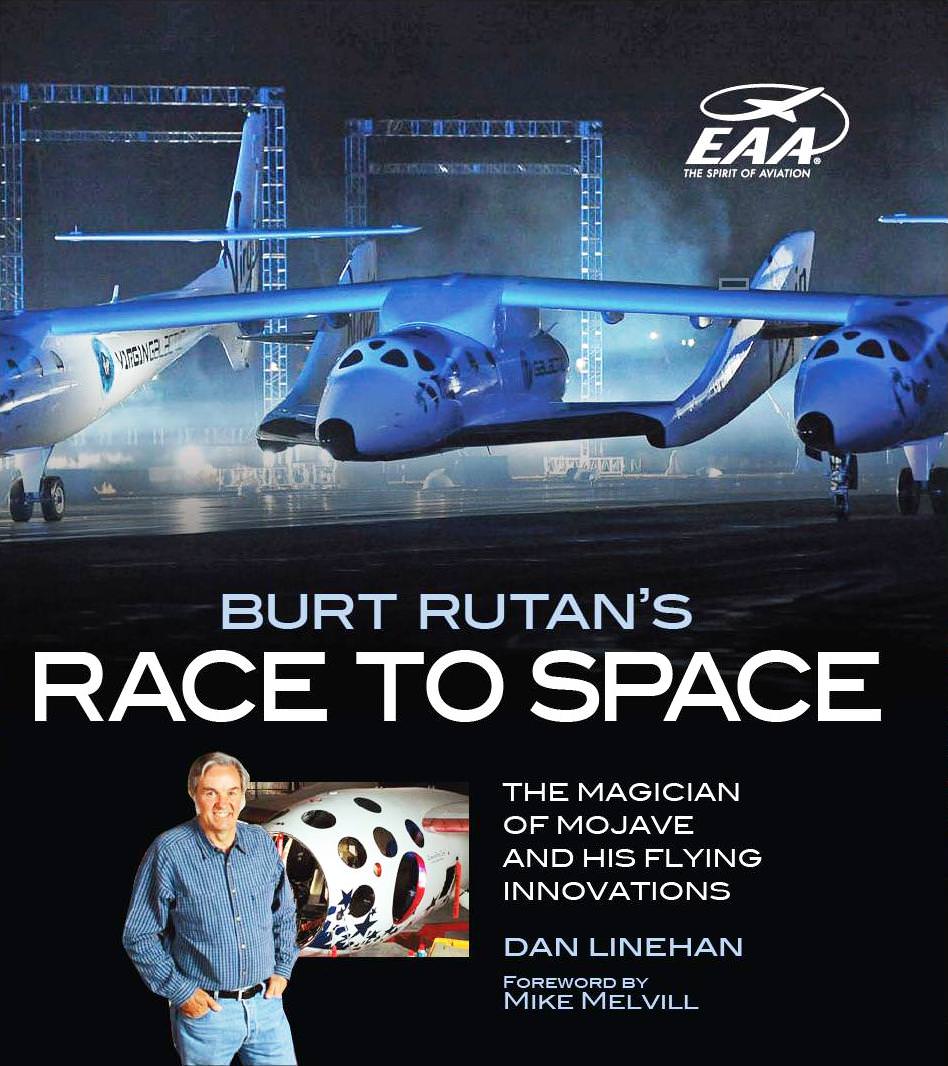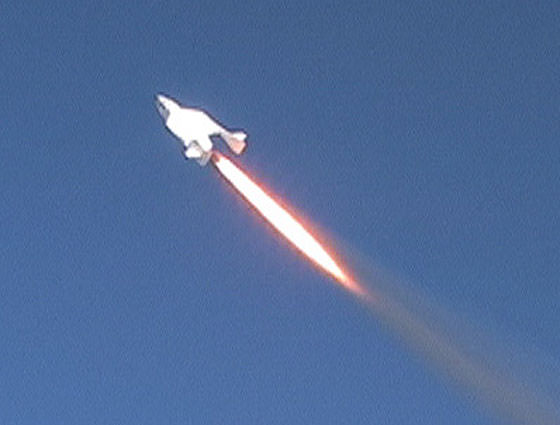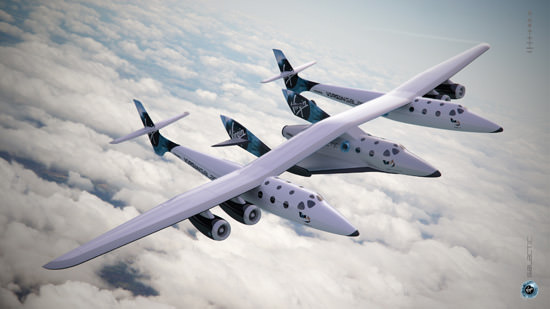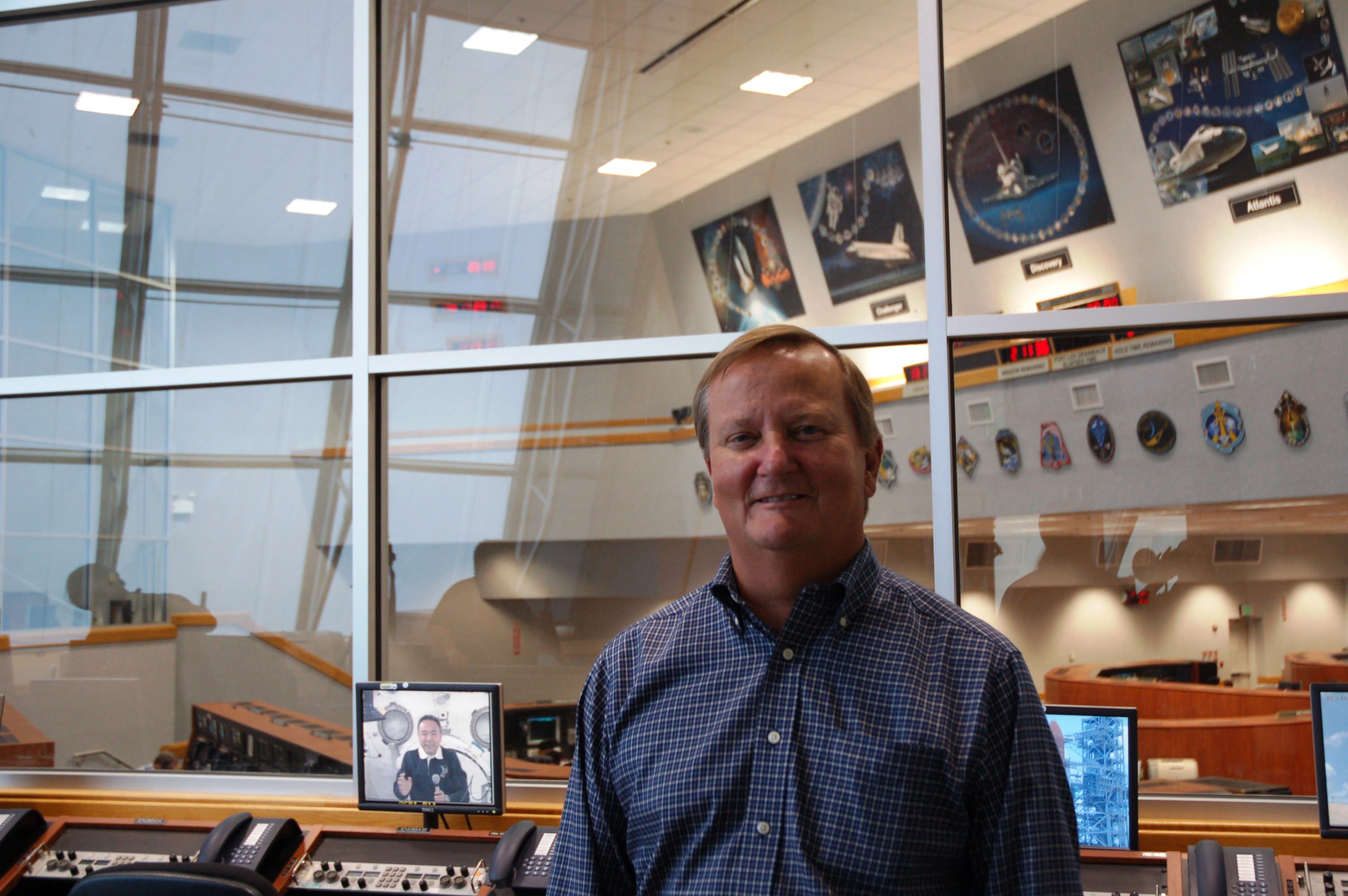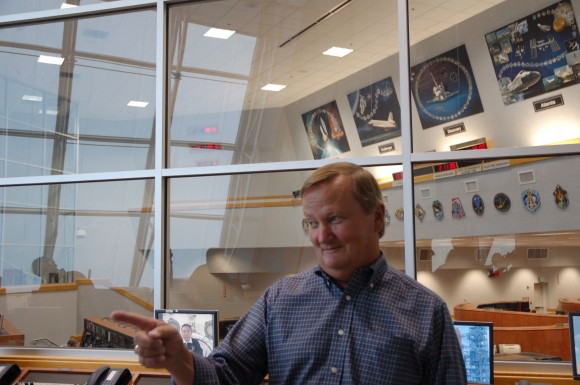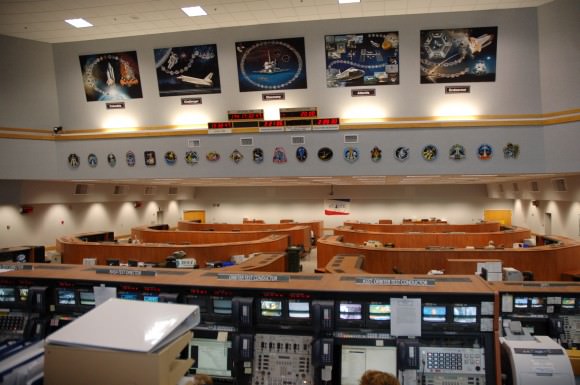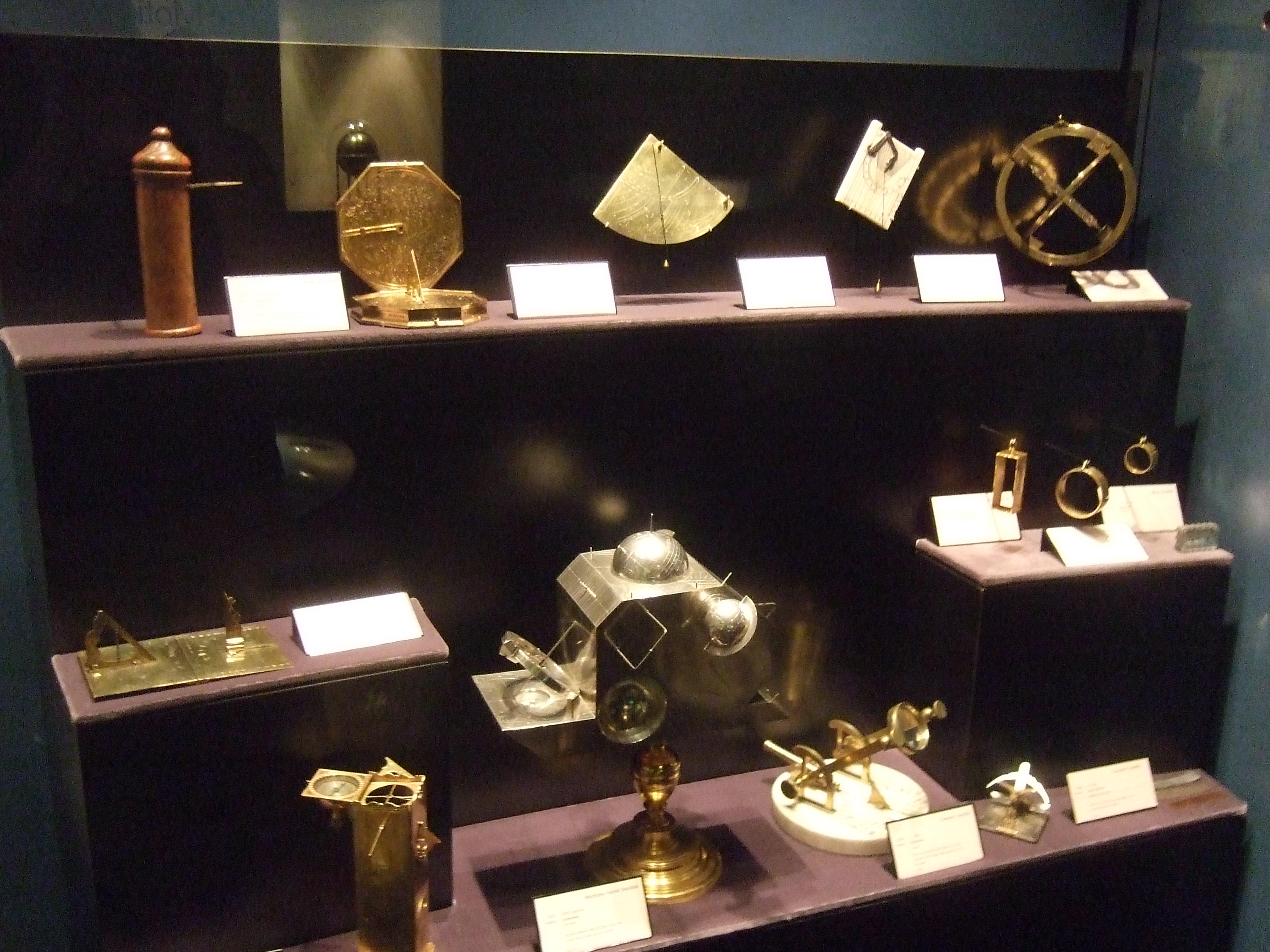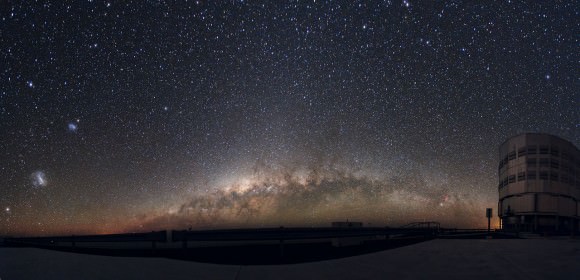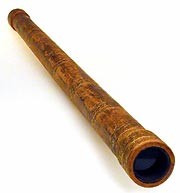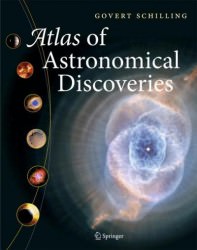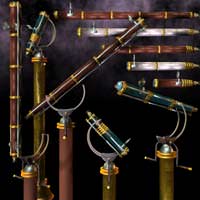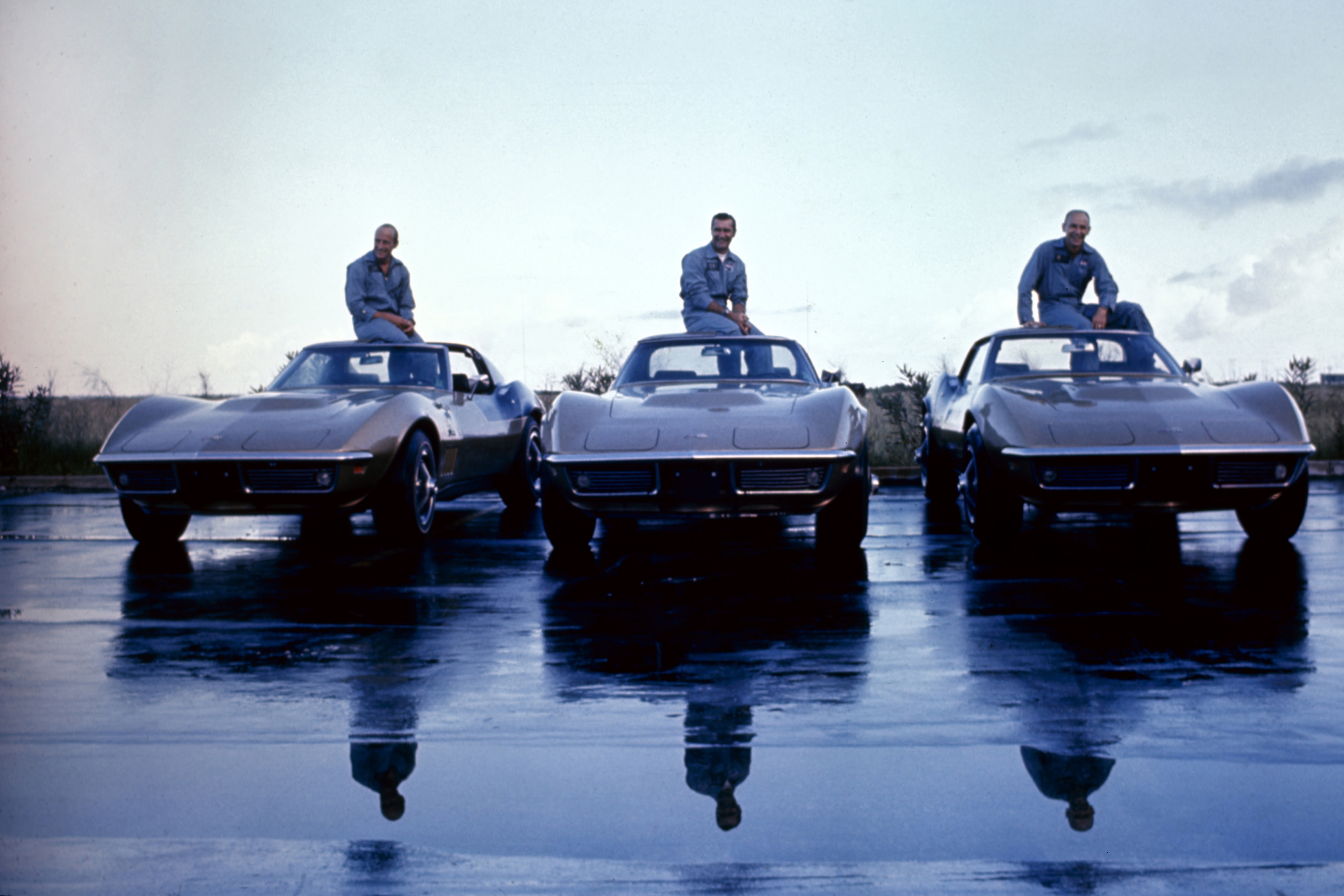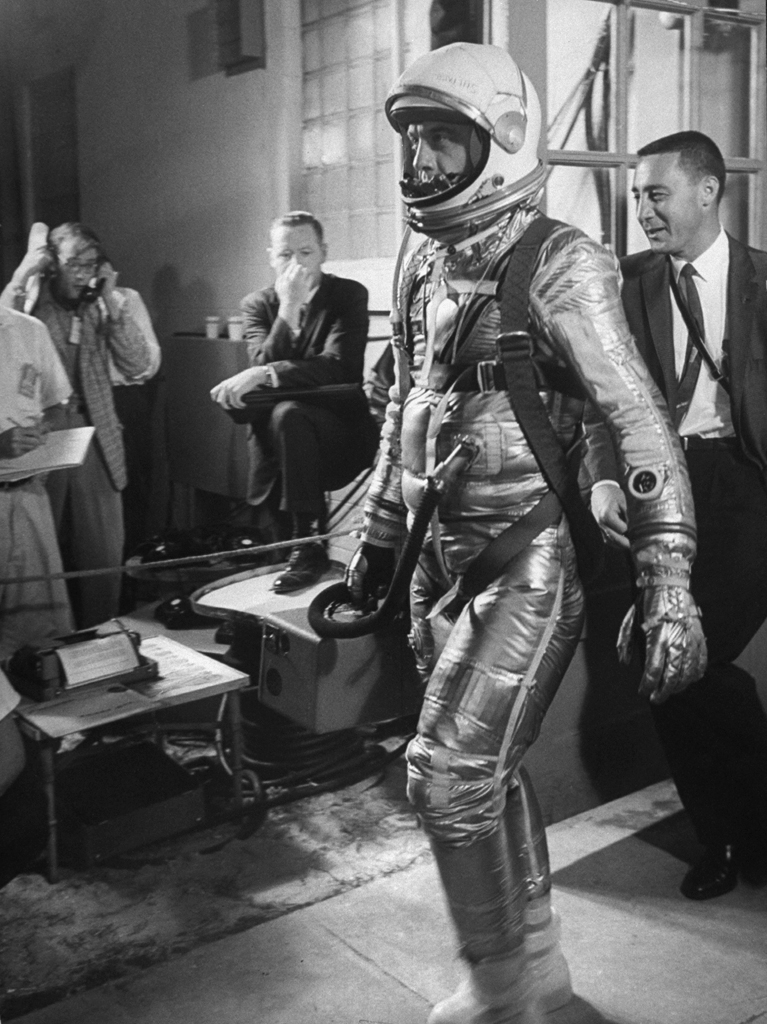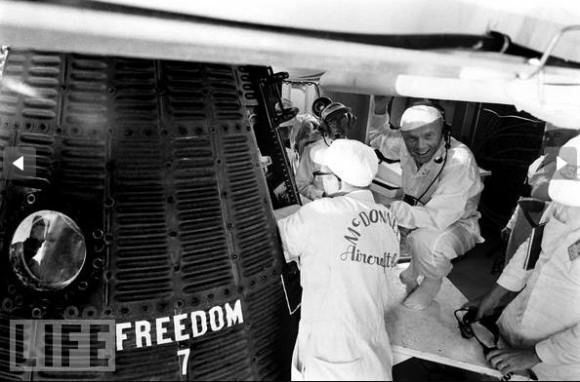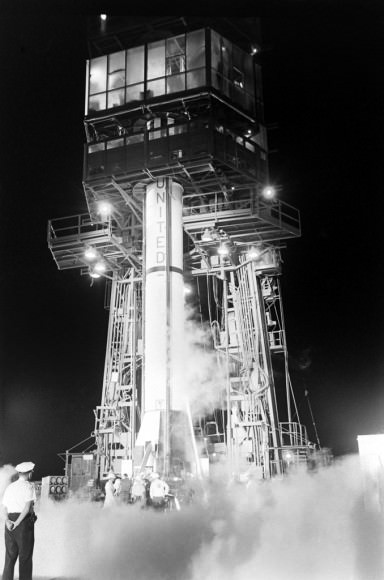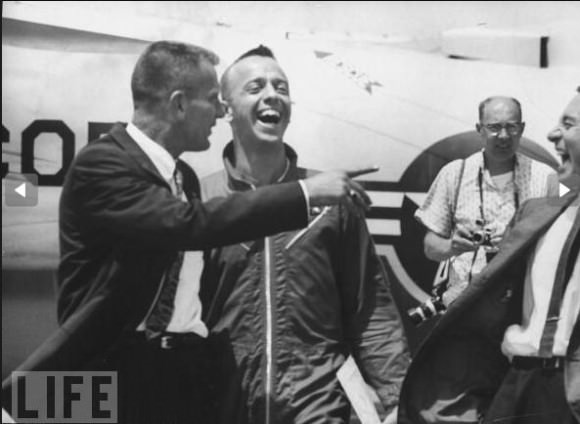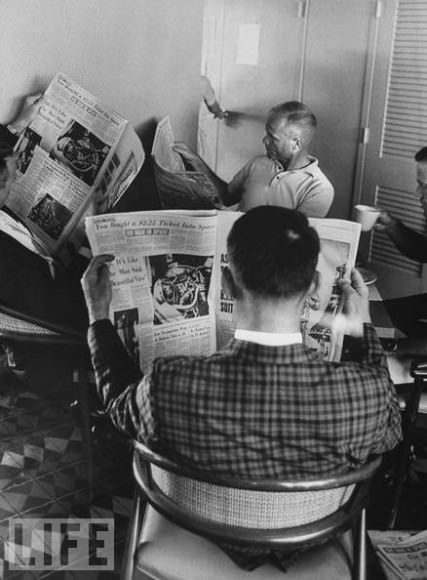[/caption]
CAPE CANAVERAL Fla. — The last space shuttle mission, STS-135, ended with the landing of the shuttle Atlantis at Kennedy Space Center’s Shuttle Landing Facility at 5:57 a.m. EDT. The air was thick with both humidity and mosquitoes. It was also a day thick with loss. The United States, for the foreseeable future, has lost the ability to launch massive payloads, such as the International Space Station’s Kibo module, into orbit. Lost the capabilities that a manned spacecraft with a robot manipulator system or RMS affords. Lost the ability to chase down wayward satellites, repair them on-orbit or return them to Earth for more intensive work. Lost, at least for the time being, its leadership position in terms of space flight – that position now belongs to Russia with its human-rated Soyuz Spacecraft and unmanned Progress Cargo vessels.
NASA is working to put a positive spin on this new era. The space agency hopes that small, commercial space firms will provide the nation with the capacity to send men and material to orbit as it works to travel beyond low-Earth-orbit (LEO) once again. Only time will tell how successful this direction will be, but there are positive signs that NASA might be on the right path. Following the space program for decades – you learn to hedge your bets. Today’s SpaceX is tomorrow’s Constellation Program.
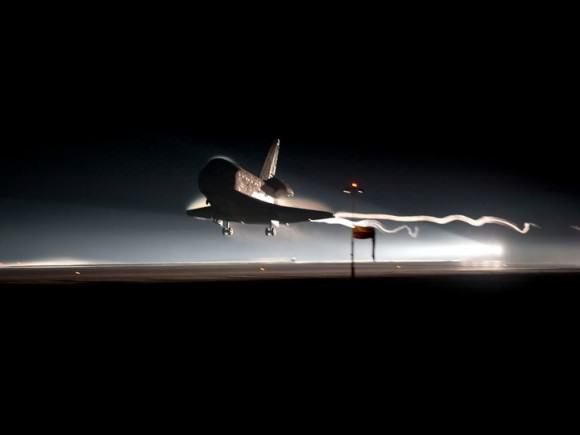
Twin sonic booms shake me out of my revelry as the shuttle announces its return home. Then, a couple minutes later, there is the roar of the approaching orbiter. This sound comes not from shuttle, but rather from the sound of air being forcibly moved out of the shuttle’s path. I had set up two mini-camcorders to capture the landing, but had decided not to take any pictures. I took a moment, for myself, to watch as the shuttle roared past and landed.
There were a number of events held later in the day to commemorate the occasion. It struck me as odd that folks, some of whom would be in the unemployment line the following day, were celebrating. I decided to skip these events – I’ll celebrate when this nation regains the ability to launch astronauts into LEO. NASA Administrator Charlie Bolden worked to reassure everyone that all was well, given that he mistakenly said that the crew of STS-134 returned today – his words were not that reassuring.
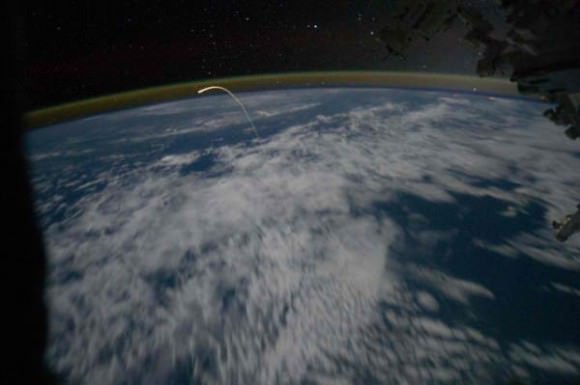
With luck, when the U.S. does return to space again, it will do so on a multitude of different craft, with a multitude of different abilities – and hopefully launch vehicles. If these spacecraft are as different from one another as Boeing’s CST-100 is from Sierra Nevada Corporation’s Dream Chaser – that will be a very good thing – it will mean that many of the capabilities lost today will be replaced, albeit on completely separate vehicles.
That said, we are now entering an undiscovered country, one that NASA has never delved into before. Near the end of Apollo, the shuttle program was approved. With the end of the shuttle program here – NASA has no established human space flight program, it has initiatives, but no umbrella program, no clear path. That said, there are some potentially amazing things on the horizon – but they exist primarily on paper or on PowerPoint. Until they are fleshed out, until they fulfill their promises – today was a day of loss. Like the shuttle program, today was a mixed bag. One filled with hope for what might come, but uncertainty with what the future holds.
These are my personal reflections on the end of the shuttle program. They do not represent the opinions of Universe Today. These thoughts come from following and covering the space program for the last two decades and are not in favor of any one group’s position. I do not work to tell people things I think they want to hear – but what I feel they need to hear. I appreciate and welcome a mature debate with respect given by all sides for everyone’s point of view.

